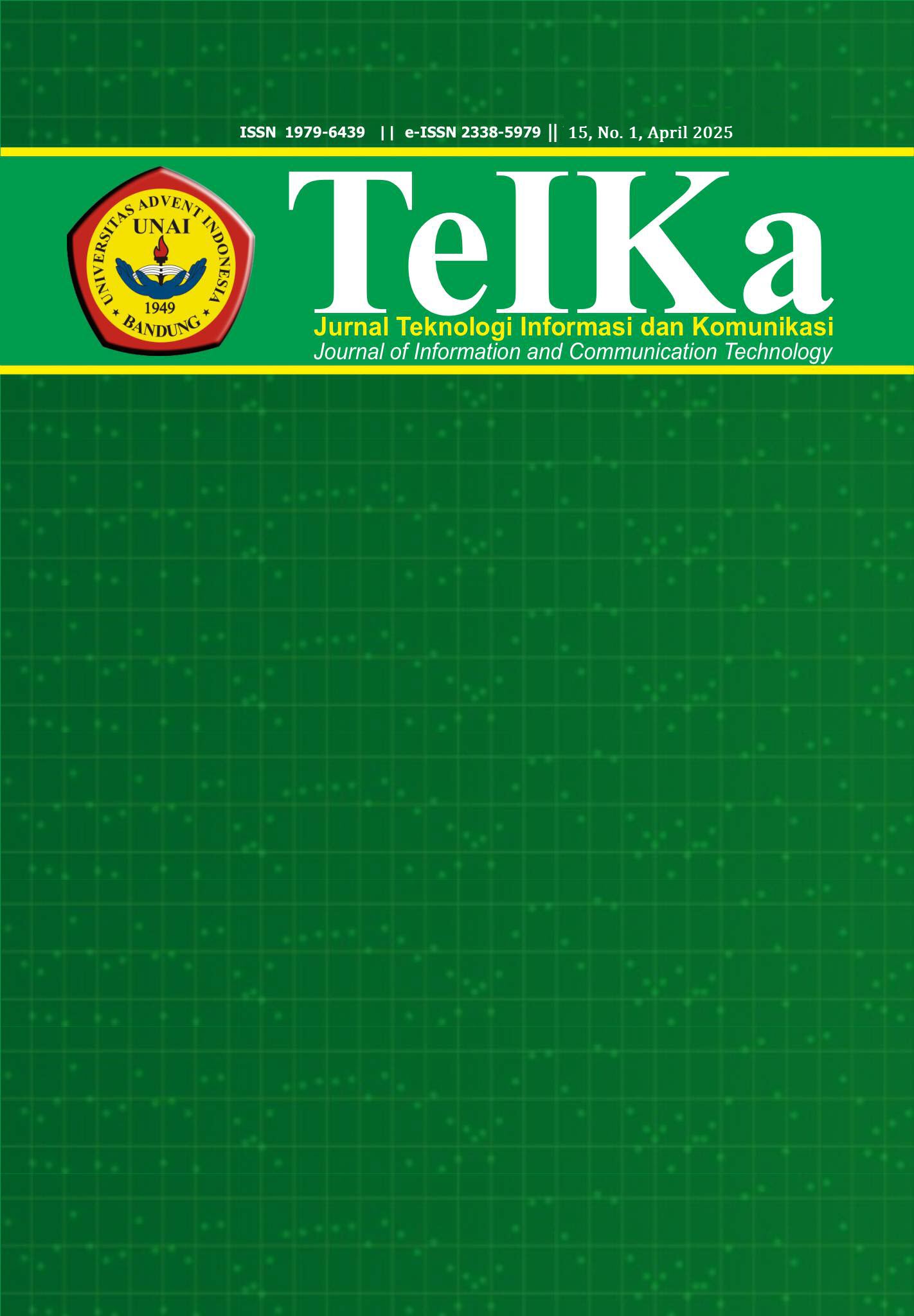Wireframe Design for the User Interface of a Waste Management Application Using a User-Centered Design Approach
Keywords:
Wireframe, User Centered Design, System Usability Scale, User InterfaceAbstract
This research discusses the design of a waste management application interface in Buahdua Village, Sumedang Regency, using a User Centered Design approach. The increasing number of smartphone and internet users presents an opportunity to enhance community awareness regarding waste management. The study aims to create a wireframe for an application that disseminates information and educates users about effective waste management while addressing the challenges faced by the community in understanding and utilizing waste management facilities. The methodology includes qualitative data collection through interviews and quantitative data through the System Usability Scale (SUS) questionnaire. Results indicate that the wireframe design meets user needs, achieving an average SUS score of 81, suggesting high acceptance of the application. Consequently, this application is expected to improve user experience and provide solutions for waste management issues within the community. The research contributes to the development of mobile applications focused on education and communication concerning environmental issues.
Keywords: Wireframe, User Centered Design, System Usability Scale, User Interface.
Downloads
References
N. Noor, K. Sari, P. Bagus, A. A. Putra, and E. Christian, “RANCANG BANGUN APLIKASI MOBILE LEARNING TENSES BAHASA INGGRIS,” Jurnal Teknologi Informasi, vol. 13, no. 2.
D. Ayu Megawaty, “APLIKASI SMART VILLAGE DALAM PENERAPAN GOVERMENT TO CITIZEN BERBASIS MOBILE PADA KELURAHAN CANDIMAS NATAR,” Jurnal Informatika dan Rekayasa Perangkat Lunak (JATIKA), vol. 3, no. 2, pp. 226–235, 2022, [Online]. Available: http://jim.teknokrat.ac.id/index.php/informatika
A. G. Pramesti, Q. J. Adrian, and Y. Fernando, “PERANCANGAN UI/UX PADA APLIKASI PEMESANAN BUKET MENGGUNAKAN METODE USER CENTERED DESIGN (STUDI KASUS: BOUQUET LAMPUNG),” Jurnal Informatika dan Rekayasa Perangkat Lunak (JATIKA), vol. 3, no. 2, pp. 179–184, 2022, [Online]. Available: http://jim.teknokrat.ac.id/index.php/informatika
“D. A. Kurniawan and A. Z. Santoso, "Pengelolaan Sampah di Daerah Sepatan Kabupaten Tangerang," Universitas Serang Raya, Nov. 2020”.
W. T. Putra and Ismaniar, “Pemberdayaan Masyarakat Melalui Pengelolaan Sampah di Bank Sampah,” Jambura Journal of Community Empowerment, pp. 1–10, Dec. 2020, doi: 10.37411/jjce.v1i2.569.
C. Veronica and A. Musdar, “Jurnal Ilmu Komputer KHARISMA TECH.”
C. Ravelino, Y. Alfa Susetyo, and K. Satya Wacana, “Perancangan UI/UX untuk Aplikasi Bank Jago menggunakan Metode User Centered Design,” Jurnal Teknologi Informasi dan Komunikasi), vol. 7, no. 1, p. 2023, 2023, doi: 10.35870/jti.
A. R. Dopp, K. E. Parisi, S. A. Munson, and A. R. Lyon, “A glossary of user-centered design strategies for implementation experts,” Transl Behav Med, vol. 9, no. 6, pp. 1057–1064, Oct. 2019, doi: 10.1093/tbm/iby119.
Downloads
Published
How to Cite
Issue
Section
License
Copyright (c) 2025 TeIKa

This work is licensed under a Creative Commons Attribution-ShareAlike 4.0 International License.
The submitting author warrants that the submission is original and that she/he is the author of the submission together with the named co-authors; to the extend the submission incorporates text passages, figures, data or other material from the work of others, the submitting author has obtained any necessary permission.
Articles in this journal are published under the Creative Commons Share Alike Attribution Licence (CC-BY-SA What does this mean?). This is to get more legal certainty about what readers can do with published articles, and thus a wider dissemination and archiving, which in turn makes publishing with this journal more valuable for you, the authors.
By submitting an article the author grants to this journal the non-exclusive right to publish it. The author retains the copyright and the publishing rights for his article without any restrictions.









